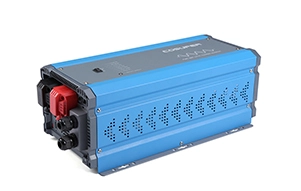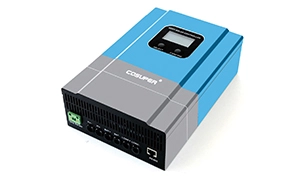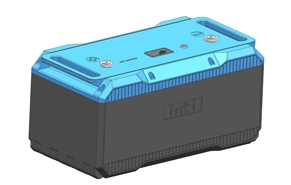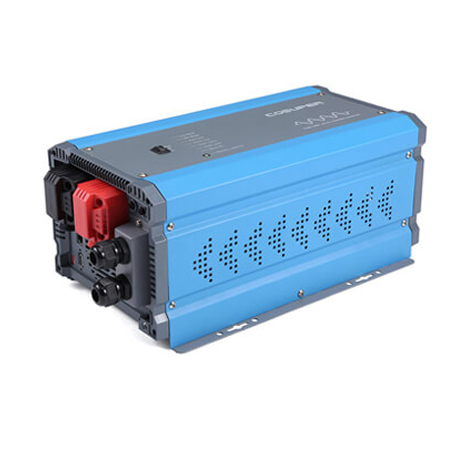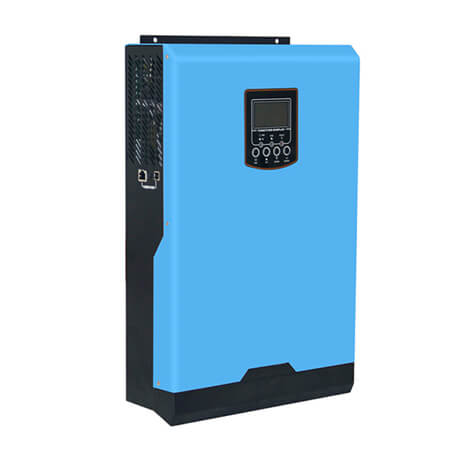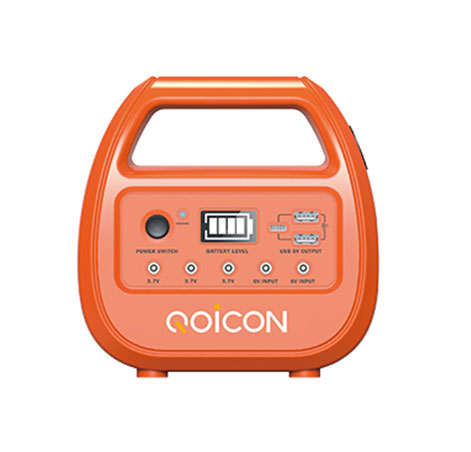Li iron phosphate battery is a type of lithium-ion battery that uses lithium iron phosphate as the positive electrode material and carbon as the negative electrode material. The single cell rated voltage is 3.2V, with a charging cutoff voltage of 3.6V~3.65V.
During the charging process, some lithium ions in the lithium iron phosphate material are removed and transferred to the negative electrode through the electrolyte, where they are embedded in the negative carbon material. At the same time, electrons are released from the positive electrode and flow through the external circuit to reach the negative electrode, maintaining chemical reaction balance. During discharge, lithium ions are released from the negative electrode and transported through the electrolyte to the positive electrode, while electrons are released from the negative electrode and flow to the positive electrode through the external circuit, providing energy to the outside world.
Structural characteristics of li iron phosphate battery
The positive electrode of the li iron phosphate battery on the left is composed of a LiFePO4 material with an olivine structure, connected to the battery positive electrode by aluminum foil. The negative electrode on the right is composed of carbon (graphite) and connected to the battery negative electrode by copper foil. The polymer separator in the middle separates the positive and negative electrodes, allowing lithium ions to pass through but electrons cannot. The battery contains an electrolyte and is enclosed in a sealed metal shell.
Energy storage system of li iron phosphate battery
Li iron phosphate battery has a series of unique advantages such as high working voltage, high energy density, long cycle life, and environmental friendliness, and supports seamless expansion. When assembled into an energy storage system, it can be used for large-scale energy storage. The energy storage system of the li iron phosphate battery is composed of a li iron phosphate battery group, a battery management system, a rectifier/inverter, a central monitoring system, a transformer, etc.
During the charging phase, an intermittent power supply or grid charges the energy storage system. The alternating current is rectified into direct current by the rectifier and charged to the energy storage battery module, storing energy. During the discharge phase, the energy storage system is discharged to the grid or load. The direct current of the energy storage battery module is inverted into alternating current by the inverter, and the central monitoring system controls the inverter output to provide stable power output to the grid or load.
Characteristics of lithium iron phosphate battery
High energy density
Individual strong manufacturers can achieve 185 Wh/kg in capacity using stacking technology to increase the size.
Good safety performance
The electrochemical properties of the positive electrode material of li iron phosphate battery are relatively stable, which determines its smooth charge and discharge platform. Therefore, the structure of the battery will not change during the charge and discharge process, and it will not burn or explode. Even under special conditions such as short-circuiting, overcharging, compression, and puncturing, it is still very safe.
Long cycle life
Li iron phosphate battery has a generally 2000 times or even more than 3500 times 1C cycle life, which is higher than the more than 1000 cycles of ternary batteries and the about 300-cycle cycle life of long-life lead-acid batteries, ensuring a life of 8-10 years, which is required for the energy storage market to reach 4000-5000 cycles or more.

 English
English 